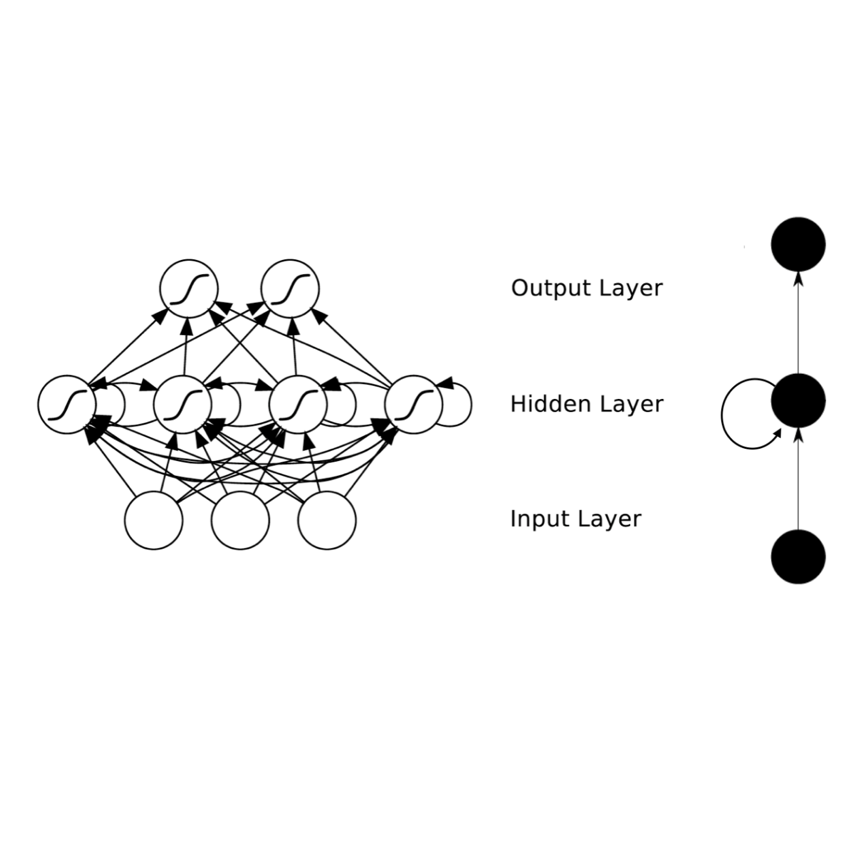Data-driven methods open up unprecedented possibilities for maritime surveillance using Automatic Identification System (AIS) data. In this work, we explore deep learning strategies using historical AIS observations to address the problem of predicting future vessel trajectories with a prediction horizon of several hours. We propose novel sequence-to-sequence vessel trajectory prediction models based on encoder-decoder recurrent neural networks (RNNs) that are trained on historical trajectory data to predict future trajectory samples given previous observations. The proposed architecture combines Long Short-Term Memory (LSTM) RNNs for sequence modeling to encode the observed data and generate future predictions with different intermediate aggregation layers to capture space-time dependencies in sequential data. Experimental results on vessel trajectories from an AIS dataset made freely available by the Danish Maritime Authority show the effectiveness of deep-learning methods for trajectory prediction based on sequence-to-sequence neural networks, which achieve better performance than baseline approaches based on linear regression or feed-forward networks. The comparative evaluation of results shows: i) the superiority of attention pooling over static pooling for the specific application, and ii) the remarkable performance improvement that can be obtained with labeled trajectories, i.e. when predictions are conditioned on a low-level context representation encoded from the sequence of past observations, as well as on additional inputs (e.g., the port of departure or arrival) about the vessel's high-level intention which may be available from AIS.
翻译:数据驱动方法为利用自动识别系统数据进行海洋监测开辟了前所未有的可能性。在这项工作中,我们利用历史的自动识别系统观测探索深层次学习战略,以解决预测数小时的预测前景预测未来船只轨迹的问题。我们提出了基于以历史轨迹数据培训而预测以往观测中的未来轨迹样本的新的序列到序列船舶轨迹预测模型。拟议的结构将长期短期内存(LSTM)RNN用于模拟所观测的数据,并用不同的中间汇总层来生成未来预测,以捕捉连续数据中的空间时间依赖性。丹麦海事管理局免费提供的 anIS数据集中的船舶轨迹到序列轨迹实验结果显示,根据从历史轨迹数据到序列的神经网络进行深度预测的方法,其效果优于基于线性回归或反馈前方网络的基线方法。对结果的比较评估表明:i)从固定的观测中集中到固定水平的离岸轨轨迹的优势,在有高水平上,在有标签的情况下,从固定的离岸位置上得到的轨迹,在以往的轨迹图上得到的改进。




